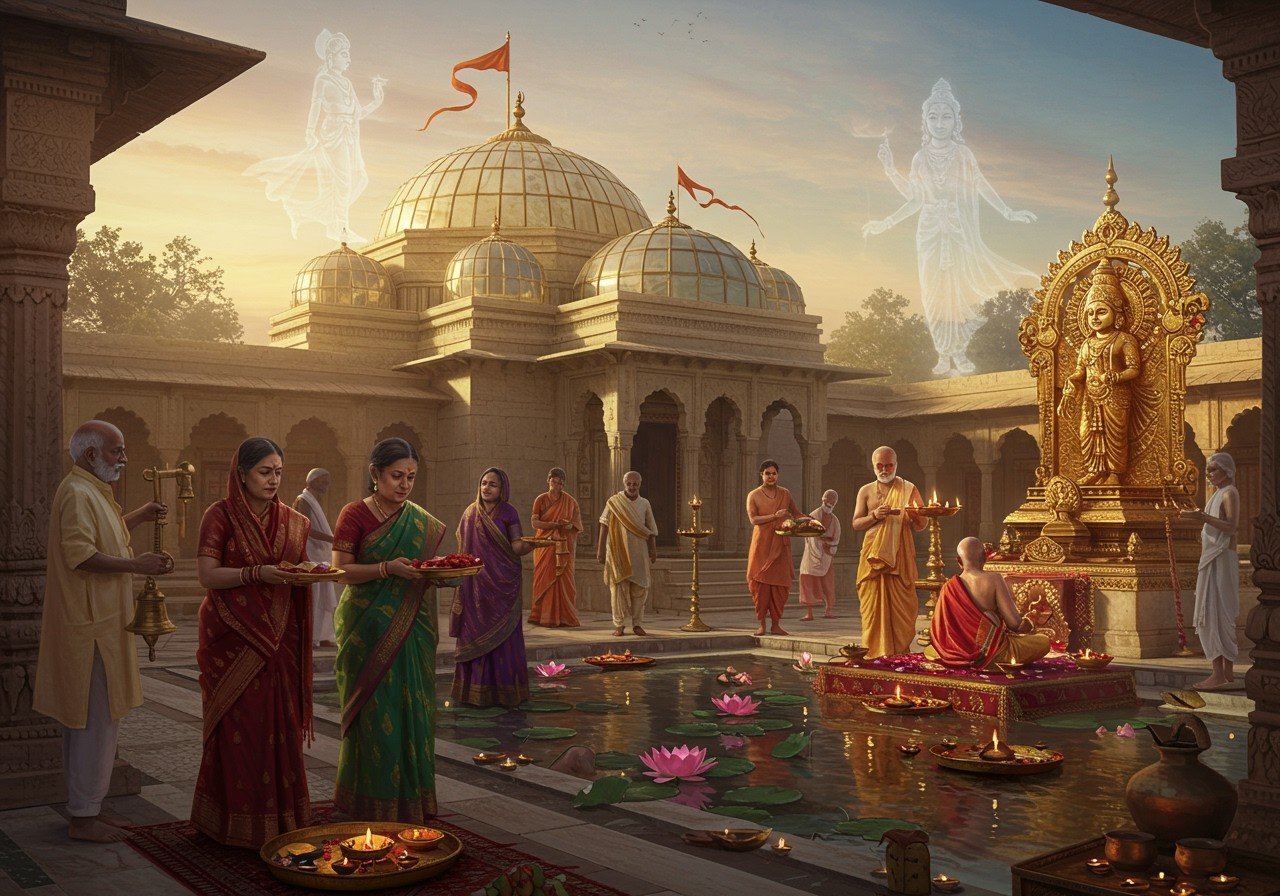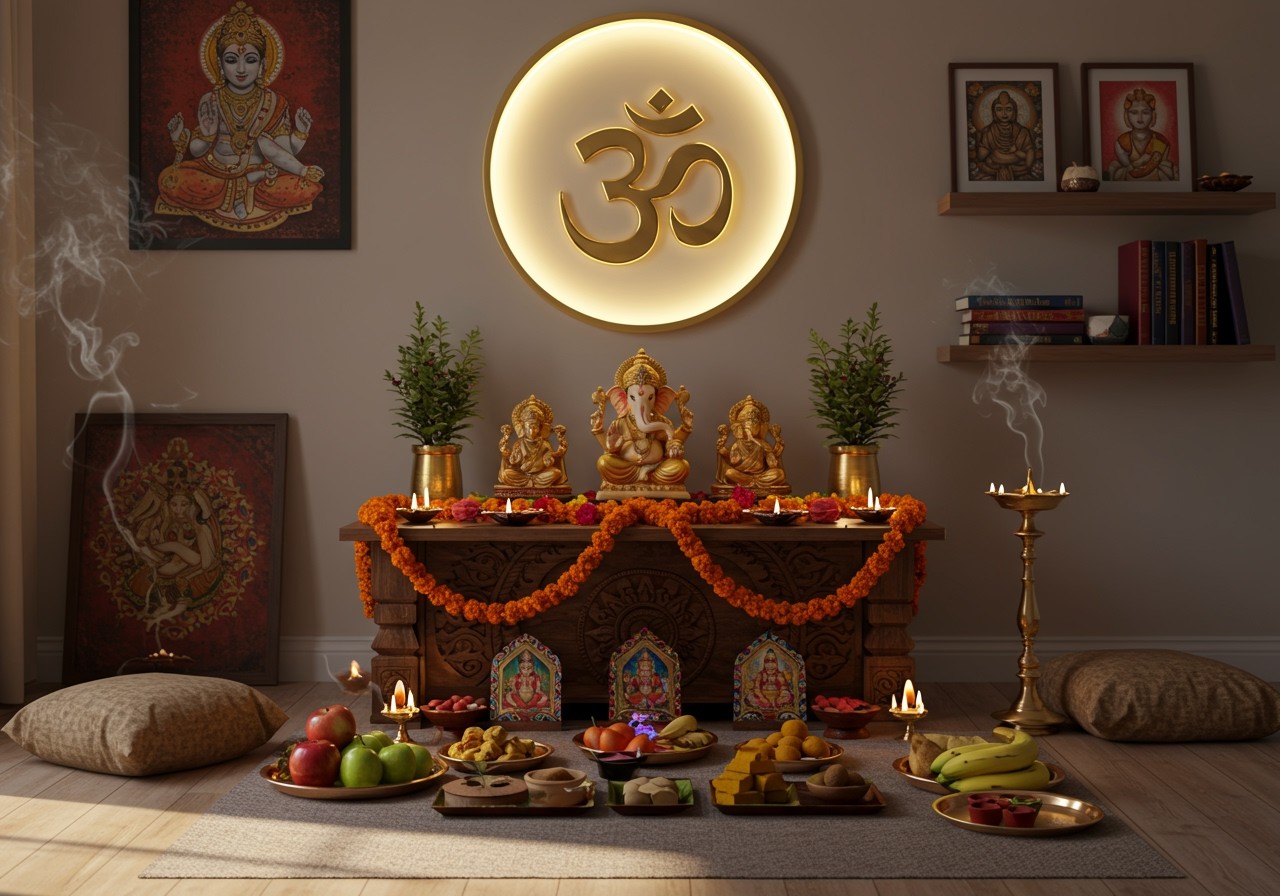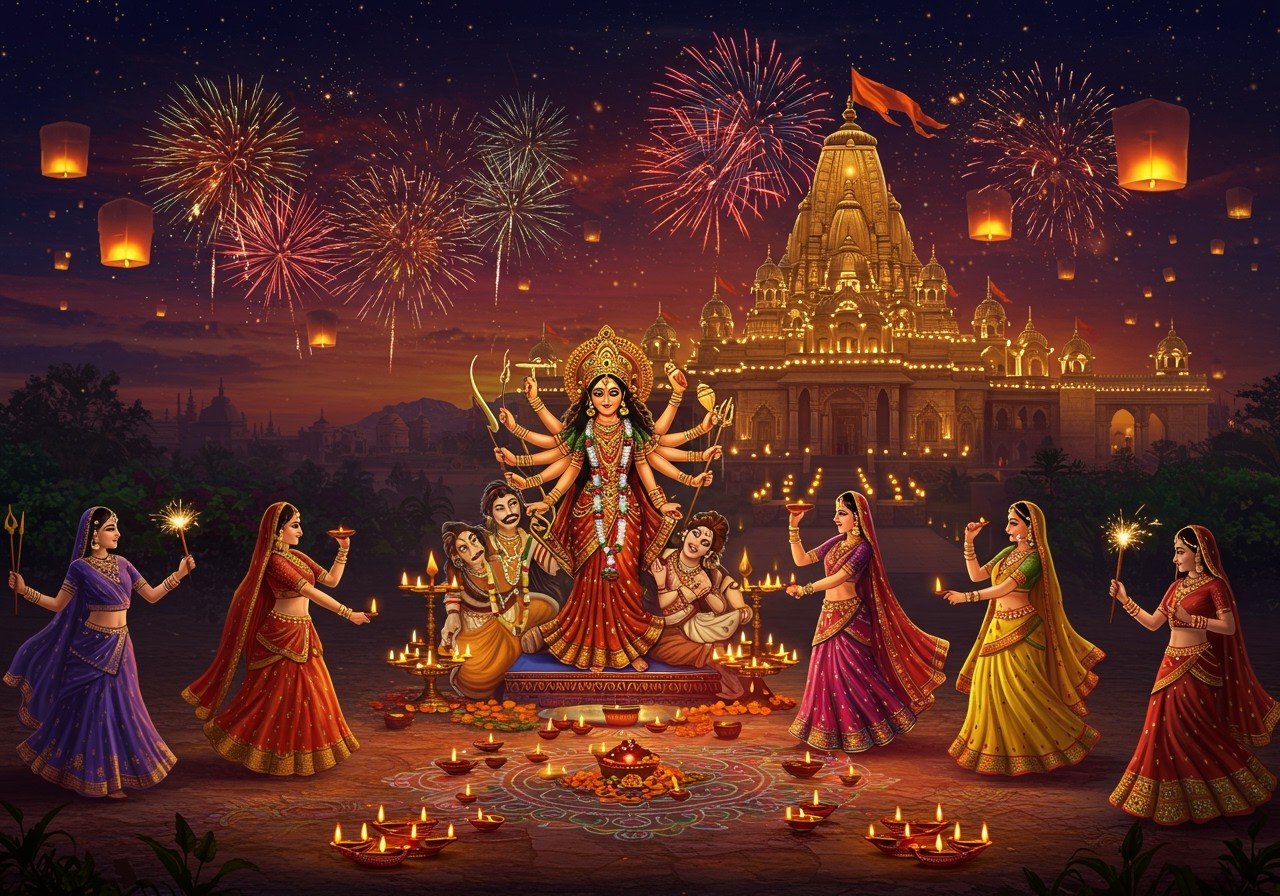
In the heart of Indian spirituality, the Dhuni, a sacred fire ritual, holds deep significance. It’s more than just flames; it’s a pathway to purification, meditation, and connecting with divine energies, fostering peace and positive vibrations within our homes and lives. This beautiful tradition resonates deeply with the concept of Dharma, the righteous way of living, reminding us of our duties and the interconnectedness of all life.

Embracing the Essence of Dharma through Dhuni
Dharma, a cornerstone of Hindu philosophy, guides us towards a life of righteousness, encompassing duties, virtues, and the right way of living. The Dhuni ritual beautifully embodies this principle, acting as a tangible link between our earthly existence and the divine. As we engage in this sacred practice, we not only purify our surroundings but also align ourselves with the cosmic order, fostering inner peace and harmony.

Lighting a Dhuni is like kindling a flame within ourselves, illuminating the path towards self-realization. The gentle crackle of the fire, the fragrant smoke rising – these are not mere sensory experiences, but reminders of our connection to something larger than ourselves.
Preparing for Your Home Dhuni: A Step-by-Step Guide
Creating a Dhuni at home is a deeply personal and sacred act. Here’s a guide to help you prepare:
1. Setting Intentions and Choosing the Location
- Intention: Begin by reflecting on your purpose. What do you seek from this ritual? This mindfulness infuses the ceremony with meaning, transforming it from a simple act to a spiritual journey. It’s like planting a seed of intention, which blossoms into a deeper connection with the divine.
- Location: Select a safe, well-ventilated area, at least 10 feet away from flammable materials. This ensures the ritual is conducted with reverence and respect for safety, mirroring the respect we hold for the divine. Think of it as preparing a sacred space, free from distractions and potential harm.
2. Gathering the Sacred Samagri (Materials)
- Dhuni Samagri: Gather pure and authentic ingredients: dried herbs, resins, wood (sandalwood is especially revered), ghee (clarified butter), and sacred powders like camphor. You can also use dried cow dung cakes and Havan Samagri, each carrying its own unique spiritual significance. Sourcing these ingredients with care adds to the sanctity of the ritual. Explore authentic Havan Samagri at poojn.in.
- Container: A heat-proof container, ideally a square copper vessel, is traditionally used. This vessel holds the sacred fire, becoming a focal point for our prayers and offerings. A Dhuni pot specifically designed for this purpose is ideal.
- Construction (Optional): If you’re building a dedicated Dhuni space, ensure a strong foundation with compacted soil and gravel. Use fire bricks to line the inner walls, protecting the outer structure. This careful construction mirrors the building of our spiritual foundation – strong, resilient, and protected.
Performing the Dhuni Ritual: A Sacred Act

Now, with our hearts and space prepared, we begin the ritual:
1. Igniting the Sacred Flame and Making Offerings
- Lighting the Fire: Use dry sticks and camphor to ignite the fire. As the flames flicker to life, they symbolize the awakening of our spiritual consciousness. Find premium Guggal for your Dhuni at poojn.in.
- Offerings (Samagri): Gently offer the Dhuni Samagri into the fire. As you do, visualize your desires and limitations transforming into smoke, carried away by the sacred flames. Each offering is a step towards purification and surrender. Dip a piece of sandalwood in ghee and offer it, a symbolic act of releasing attachments.
2. Prayers and Mantras: Connecting with the Divine
- Mantras and Prayers: Chant traditional mantras if you’re familiar with them. Even a simple prayer from the heart carries immense power. The vibrations of these sacred sounds resonate deep within us, connecting us to the divine. If you don’t know specific mantras, focus on your sincere intentions.
- Spreading the Sacred Smoke: After prayers, gently circulate the Dhuni smoke throughout your home, starting from the main entrance. This act is believed to purify the space, inviting positive energy and dispelling negativity. Enhance your Dhuni’s fragrance with premium Dhoop sticks from poojn.in.
The Deeper Meaning: Embracing the Essence
Beyond the physical act, the Dhuni ritual holds profound symbolism:
- Purification: The Dhuni’s smoke is believed to cleanse the environment and dispel negative energy, creating a sanctuary of peace and well-being in your home. It’s a fresh start, a cleansing breath for your spirit.
- Connecting with the Divine: This sacred fire acts as a bridge between the physical and spiritual realms, offering a direct pathway to connect with the divine, express devotion, and seek blessings. It’s a conversation with the universe, a moment of deep communion.
- Living Dharma: Performing the Dhuni aligns you with the principles of Dharma, reminding you of your duties and responsibilities in this life. It’s a commitment to living righteously, in harmony with cosmic order.
- Symbolism: Every element and action within the ritual holds deep symbolic meaning, reflecting ancient philosophical concepts. The offerings, the flames, the smoke – they all whisper stories of the divine.
- Intention and Vibration: The vibrations created during prayer and chanting are believed to resonate far beyond the physical realm, influencing the subtle energies around us.
- Self-Realization: The ultimate goal of such spiritual practices is self-realization – the understanding of our true nature and our connection to the divine within.
Integrating the Dhuni’s Wisdom into Daily Life
The essence of the Dhuni can extend beyond the ritual itself. Reflect on the lessons learned – the importance of intention, purification, and connection. Carry this mindfulness into your everyday life, letting it inspire acts of kindness, compassion, and devotion. The Dhuni’s warmth can ignite a spark within us, illuminating our path towards a more meaningful and fulfilling existence.


